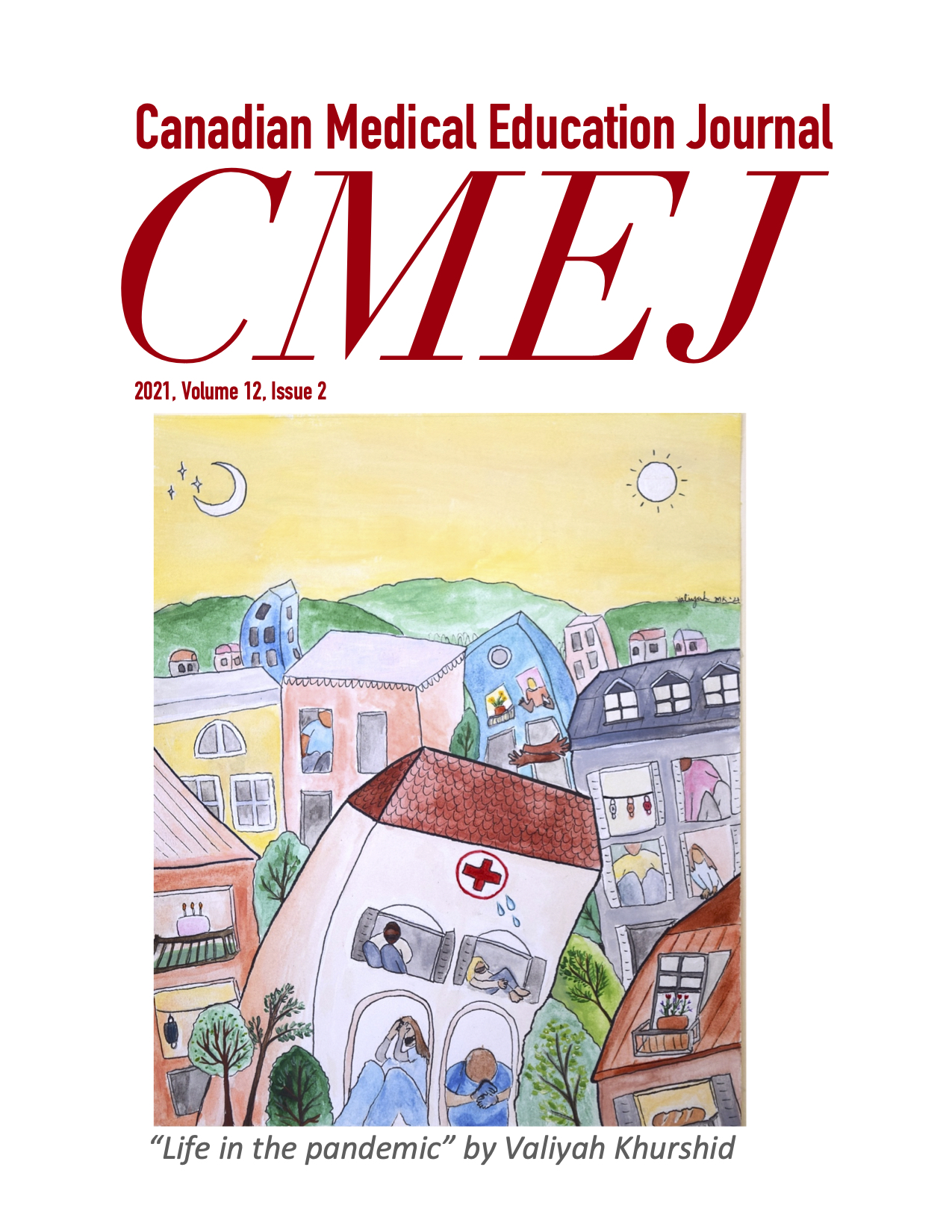Six ways to get a grip on teaching medical trainees on the convergence of Indigenous knowledges and biomedicine, within a culturally-safe Indigenous health curriculum
DOI:
https://doi.org/10.36834/cmej.70340Abstract
As Indigenous knowledges and biomedicine come together in healthcare today, to improve health outcomes and strengthen cultural identity among Indigenous Peoples, it is vital for physicians to learn about this convergence during their training. This narrative review article aims to provide practical advice for educators when implementing teaching regarding this topic, using examples from the research literature, and pedagogical and practice-based methods used at the University of Toronto (UofT). The methodology on obtaining the research literature included a search of a computer database called Medline. Moreover, the medical school curriculum information specific to UofT, was obtained through the formal curriculum map and UofT’s Office of Indigenous Medical Education. The following six recommendations provide a way to successfully implement the teachings on Indigenous knowledges and biomedicine, within a culturally-safe Indigenous health curriculum.
Downloads
Published
Issue
Section
License
Submission of an original manuscript to the Canadian Medical Education Journal will be taken to mean that it represents original work not previously published, that it is not being considered elsewhere for publication. If accepted for publication, it will be published online and it will not be published elsewhere in the same form, for commercial purposes, in any language, without the consent of the publisher.
Authors who publish in the Canadian Medical Education Journal agree to release their articles under the Creative Commons Attribution-Noncommercial-No Derivative Works 4.0 Canada Licence. This licence allows anyone to copy and distribute the article for non-commercial purposes provided that appropriate attribution is given. For details of the rights an author grants users of their work, please see the licence summary and the full licence.






